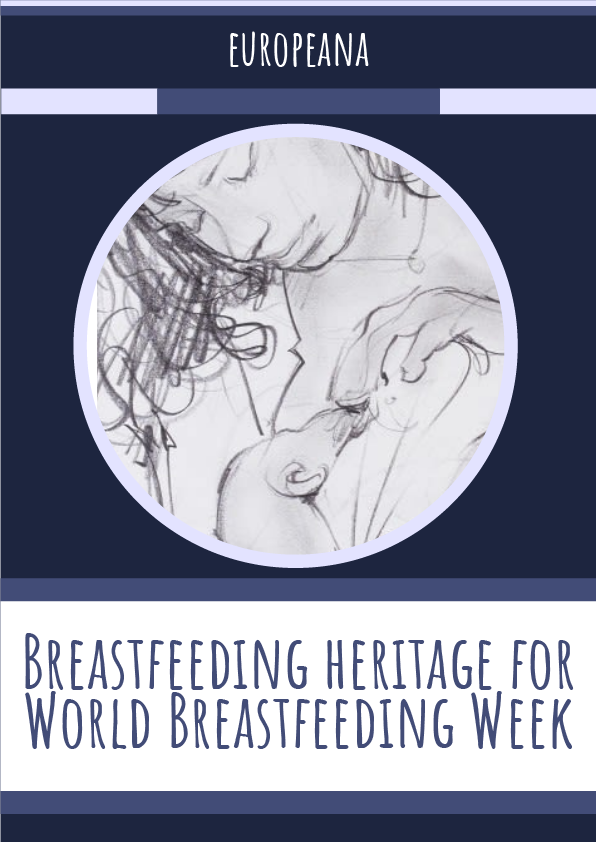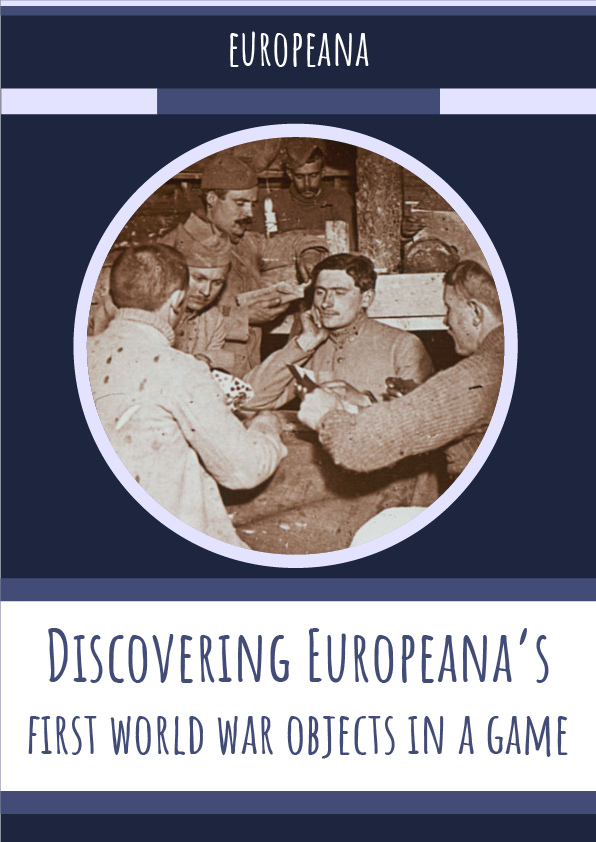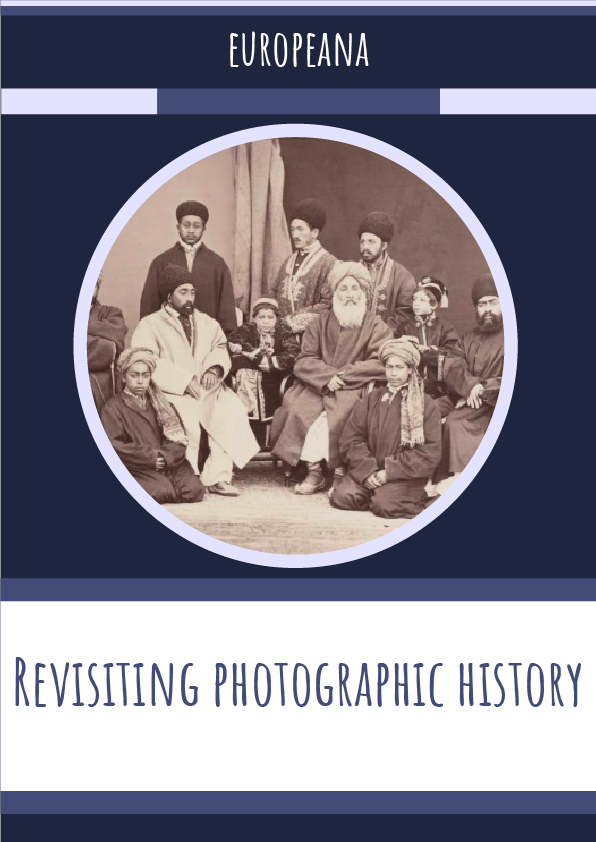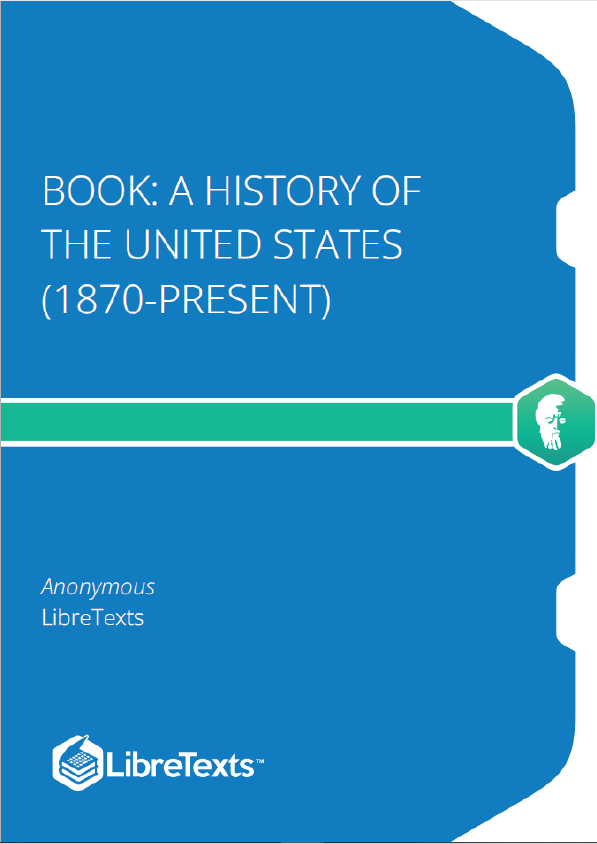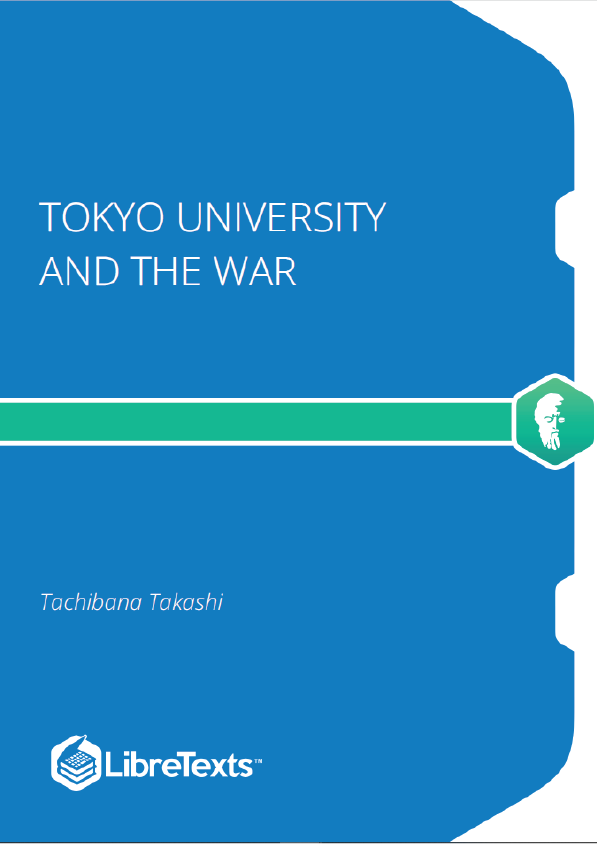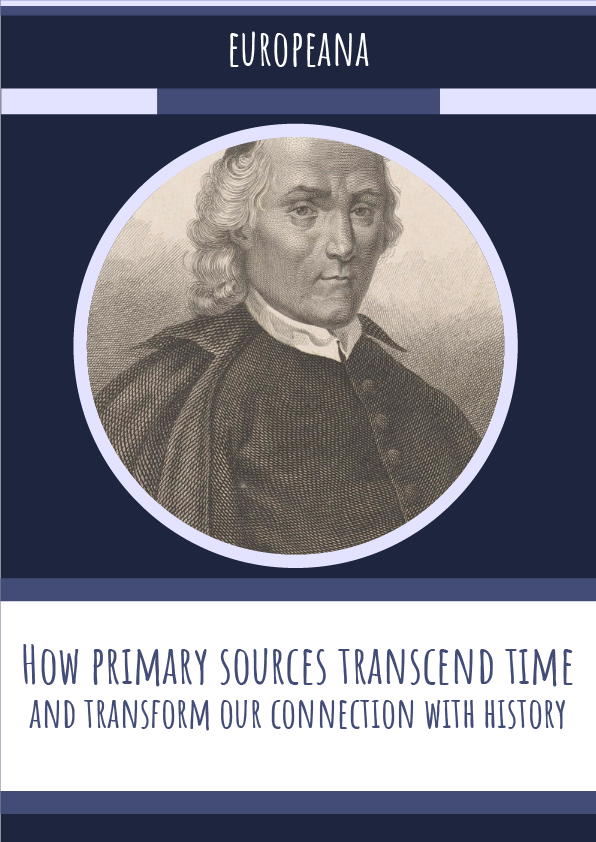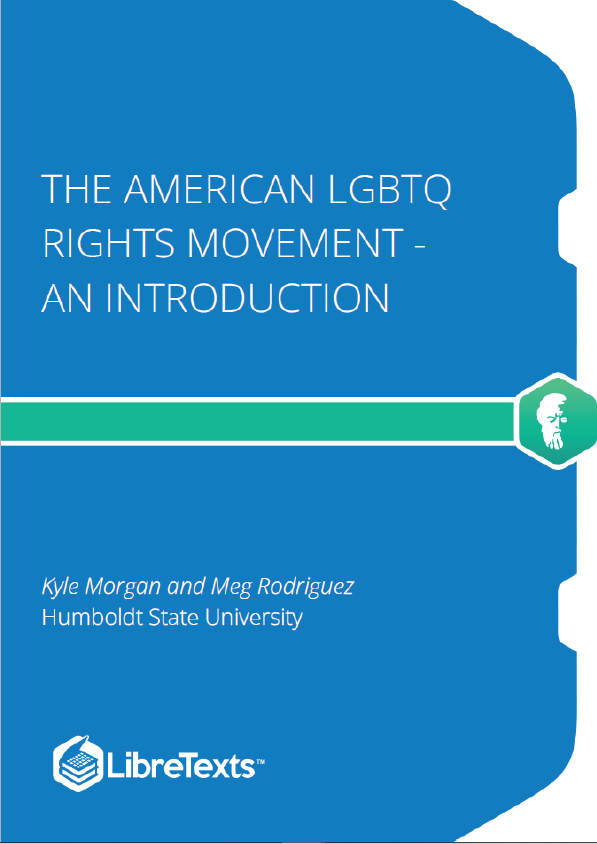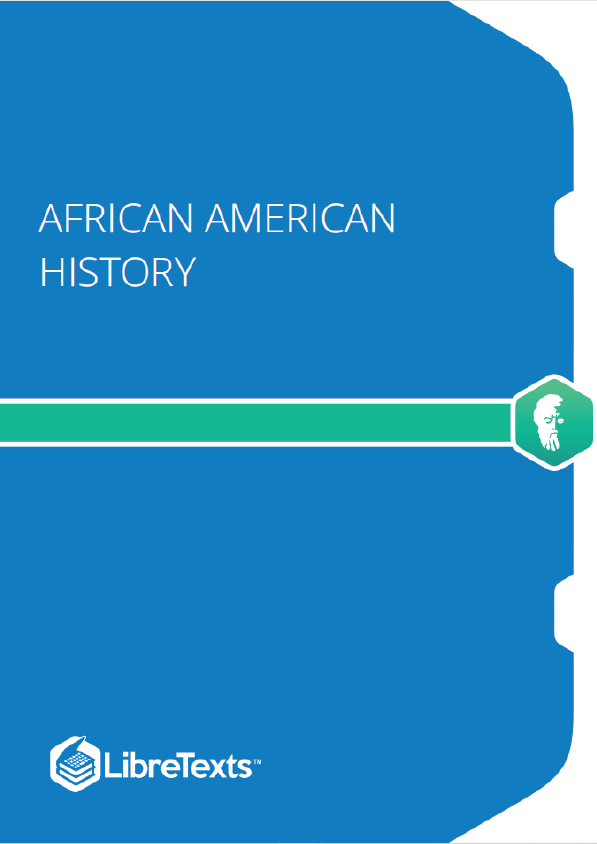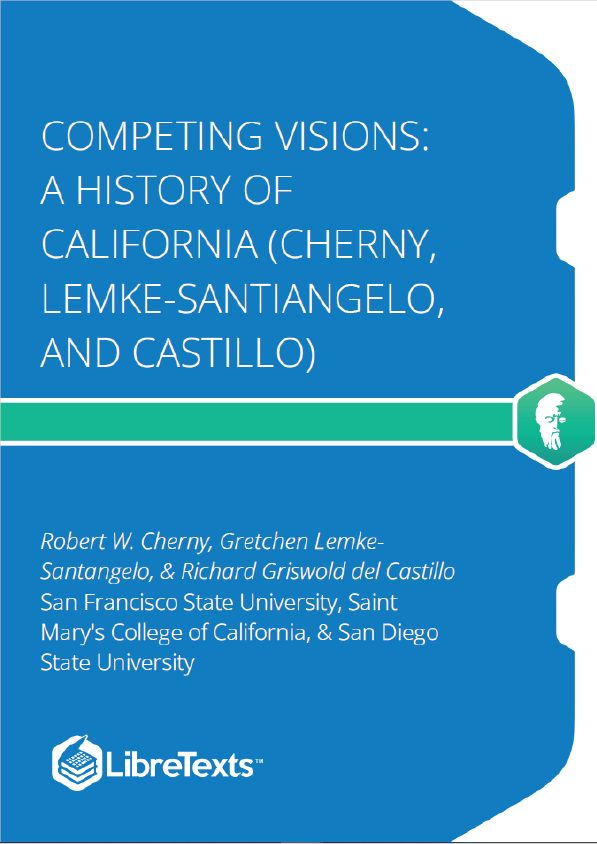Over a million Belgian refugees and thousands of British soldiers fled to the neutral Netherlands.
Today, the global refugee crisis is a hot topic, all over the news and debated about in society. What is to be changed about the current situation? Who is supposed to do what and when? It may be considered a problem right now, but in fact, Europe faced the same problem with the advent of the First World War, more than 100 years ago.
July 1914: World War One started and Europe changed rapidly. Many European countries were invaded by the Germans and there was no stopping it. Belgium in particular soon became the main battlefield of this war. The fortress of Liege fell rapidly. Under command of the highest naval officer in rank Winston Churchill, Great Britain sent troops to prevent Antwerp from also falling into German hands. Despite all efforts, Antwerp did not hold up against the enemy. Over a million Belgian refugees and thousands of British soldiers, therefore, fled to the neutral Netherlands. The Belgian Exodus was undeniable.
Most of the refugee civilians returned to Belgium after a year. The militaries who fled their country were interned in Dutch camps. They were to be disarmed immediately. Every measure was taken to prevent further fighting on neutral grounds. Amongst other cities, the Dutch town of Harderwijk tripled in its number of citizens. 13.000 Belgians were interned in a designated camp where they would stay for the remainder of the war. In the city of Groningen, the same internment procedure took place for soldiers of Churchill’s Little Army, who came to save Antwerp earlier. Daily life in the camps of Harderwijk and Groningen was at first uncomfortable, lacking sufficient health care and circumstances caused much boredom. Yet slowly, situations for the interned soldiers improved. The camps became proper villages, with different types of facilities popping up. In Harderwijk, a hospital, an English style tea-room and a school to battle illiteracy were built.
Church, cinema and theatre were actively visited by residents of both camps. A friture providing with French fries was widely enjoyed by the Belgians. Sports events and competitions were held throughout the year, with cycling tournaments and a contest about who could make the best snow sculpture. Even a bear fight, watched by a large audience, took place once, though the exact details remain unknown.
Unskilled labour at nearby farms was eventually allowed as well, some of the internees were even sent to the southern province of Limburg to work in the coal mines. The missing of loved ones was hard for many. A cross-European mail system was soon set up, which enabled the interned to send letters and postcards home. A necessity for most, since relationships with the locals were not always as good as one might hope for…
